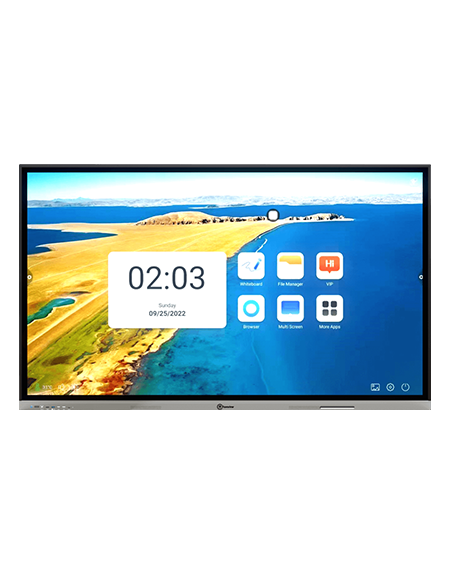Vinyl or PVC flooring is becoming an increasingly popular choice for many homeowners due to its durability, affordability, and easy installation process
Whether you are renovating your home or looking to upgrade your flooring, installing vinyl or PVC flooring can be a great option for you. In this blog post, we will discuss how to install vinyl or PVC flooring and answer some frequently asked questions to help you make an informed decision.
How to Install Vinyl or PVC Flooring?
Before installing vinyl or PVC flooring, you need to prepare the subfloor properly. The subfloor should be clean, flat, and dry. If you have any bumps, holes, or cracks in the subfloor, you need to level them out or fill them in with a suitable filler.
Step 1: Measure the Room
First, measure the dimensions of the room to determine how much vinyl or PVC flooring you will need. Make sure to add a few extra inches to each side of the room to allow for any cuts or mistakes.
Step 2: Acclimate the Flooring
Next, acclimate the vinyl or PVC flooring in the room where you will be installing it for at least 48 hours. This will allow the flooring to adjust to the temperature and humidity of the room.
Step 3: Install the Underlayment
If your subfloor is concrete, you need to install an underlayment before installing the vinyl or PVC flooring. The underlayment will provide a moisture barrier and cushioning for the flooring. You can use a self-leveling underlayment or a foam underlayment depending on your needs.
Step 4: Lay the Flooring
Start by laying the first row of vinyl or PVC flooring along the longest wall of the room. Make sure to leave a 1/4 inch gap between the flooring and the wall for expansion. Use a utility knife to cut the flooring to the correct length. Continue laying the flooring row by row, making sure to stagger the seams between the planks. Use a tapping block and a mallet to secure the planks together.
Step 5: Finish the Edges
Once you have laid all the flooring, you need to finish the edges. Use a trim or molding to cover the gaps between the flooring and the walls. You can also use a transition strip to cover the gaps between different types of flooring.
FAQs about Vinyl or PVC Flooring
Q: Is vinyl or PVC flooring durable?
A: Yes, vinyl or PVC flooring is highly durable and can withstand heavy foot traffic, scratches, and spills.
Q: Is vinyl or PVC flooring waterproof?
A: Yes, vinyl or PVC flooring is waterproof and can be installed in high-moisture areas such as bathrooms and kitchens.
Q: Is vinyl or PVC flooring easy to maintain?
A: Yes, vinyl or PVC flooring is easy to maintain. You can clean it with a damp mop and a mild cleaner.
Q: Can vinyl or PVC flooring be installed over existing flooring?
A: Yes, vinyl or PVC flooring can be installed over existing flooring such as concrete, tile, or hardwood.
Q: Is vinyl or PVC flooring affordable?
A: Yes, vinyl or PVC flooring is affordable and can be a cost-effective option compared to other types of flooring.
Conclusion,
installing vinyl or PVC flooring can be a great choice for your home renovation project. It is durable, waterproof, easy to maintain, and affordable. By following the above steps, you can easily install vinyl or PVC flooring in your home. If you have any further questions or concerns about vinyl or PVC flooring, consult with a professional flooring installer or a home improvement store.



Comments
Post a Comment